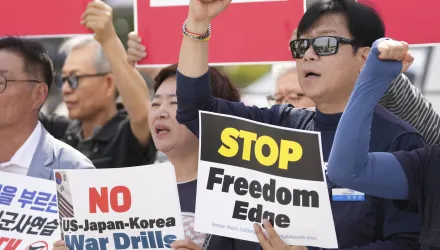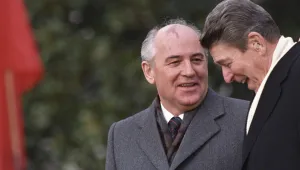International Security is America's leading peer-reviewed journal of security affairs.
Summary
Why has transnational war volunteering increased so dramatically in the Muslim world since 1980? Standard explanations, which emphasize U.S.-Saudi support for the 1980s Afghan mujahideen, the growth of Islamism, or the spread of Wahhabism are insufficient. The increase in transnational war volunteering is better explained as the product of a pan-Islamic identity movement that grew strong in the 1970s Arab world from elite competition among exiled Islamists in international Islamic organizations and Muslim regimes. Seeking political relevance and increased budgets, Hijaz-based international activists propagated an alarmist discourse about external threats to the Muslim nation and established a global network of Islamic charities. This "soft" pan-Islamic discourse and network enabled Arabs invested in the 1980s Afghanistan war to recruit fighters in the name of inter-Muslim solidarity. The Arab-Afghan mobilization in turn produced a foreign fighter movement that still exists today, as a phenomenon partly distinct from al-Qaida. The analysis relies on a new data set on foreign fighter mobilizations, rare sources in Arabic, and interviews with former activists.
Hegghammer, Thomas. “The Rise of Muslim Foreign Fighters: Islam and the Globalization of Jihad.” Winter 2010/11





